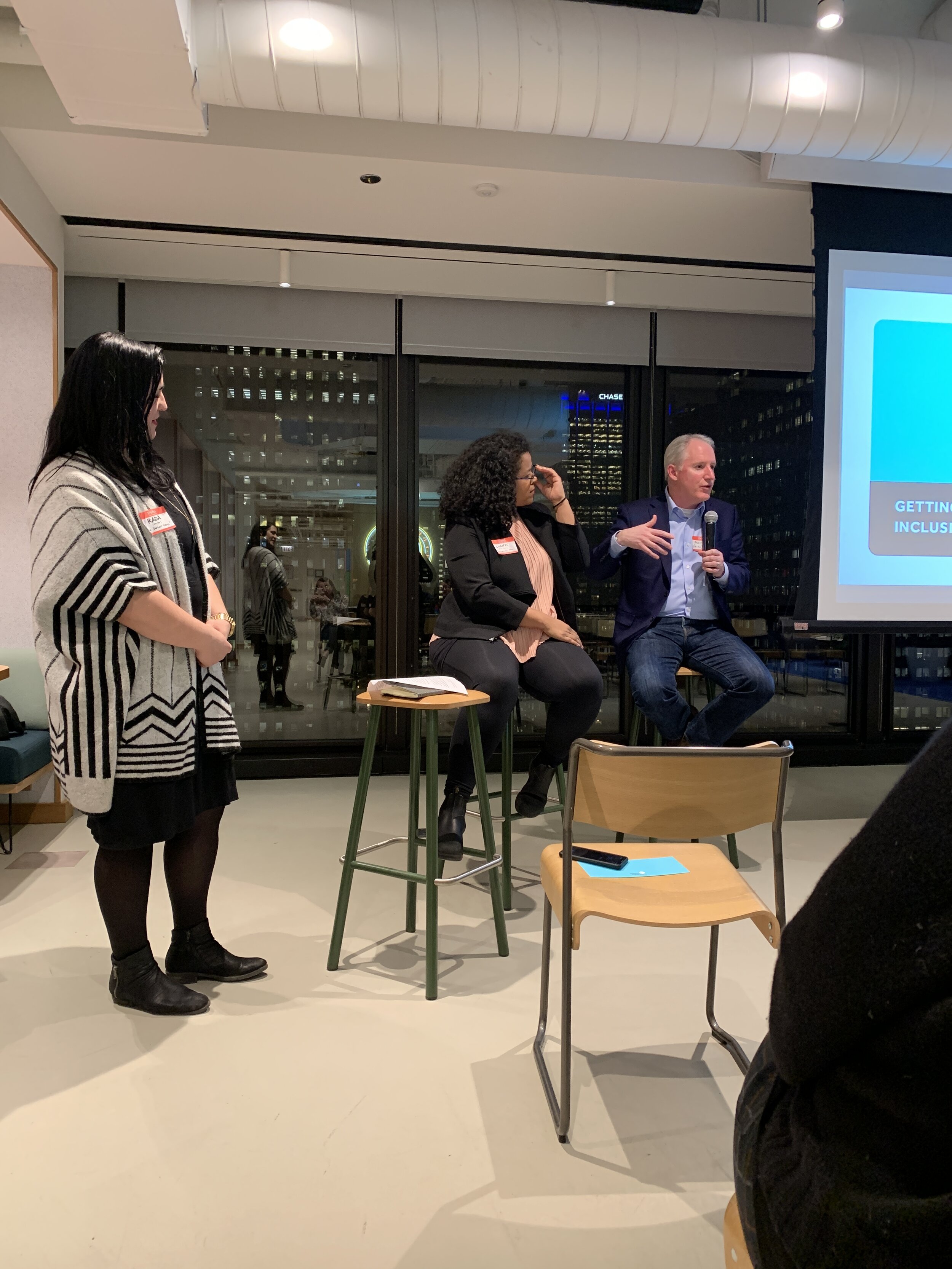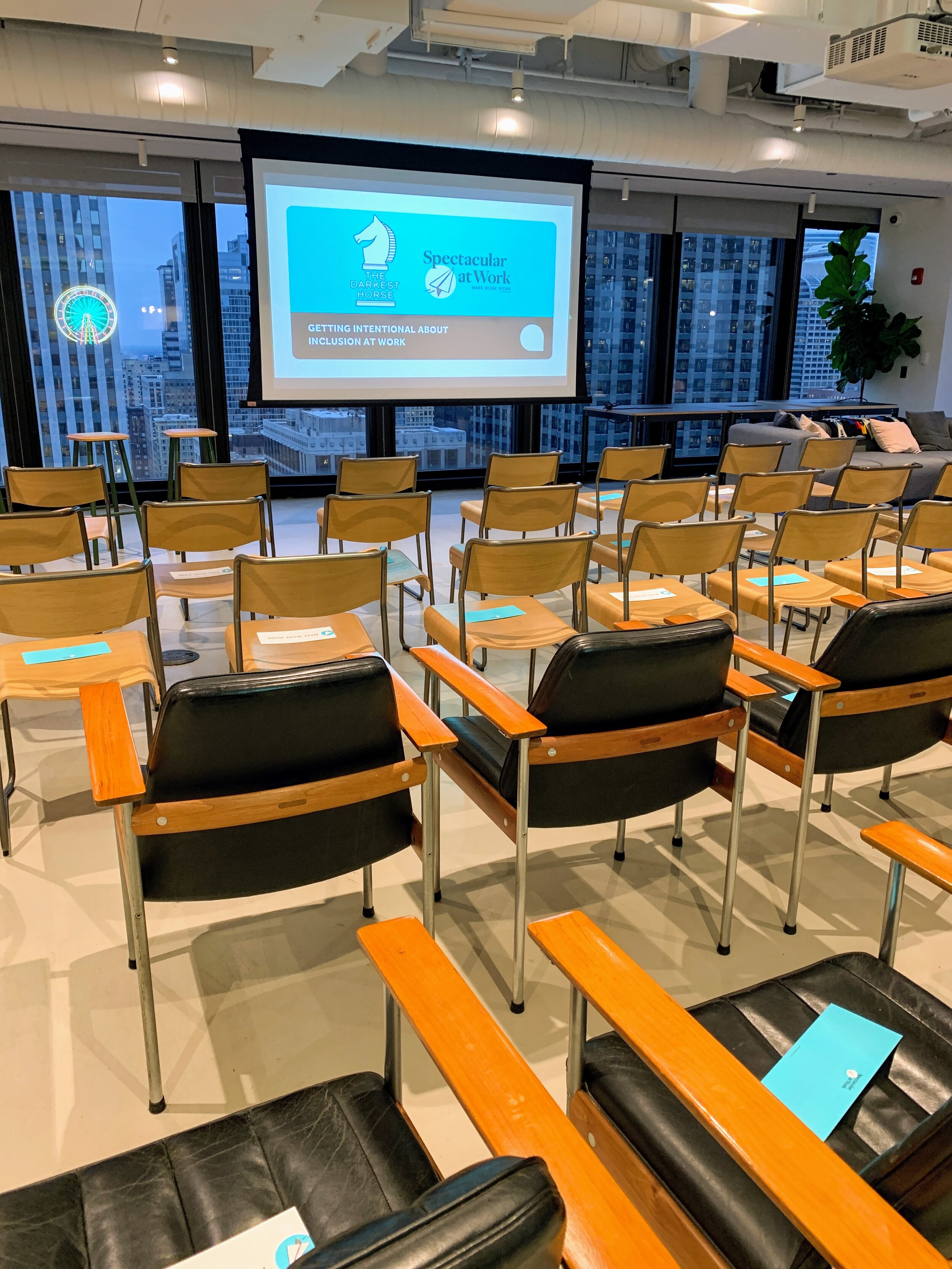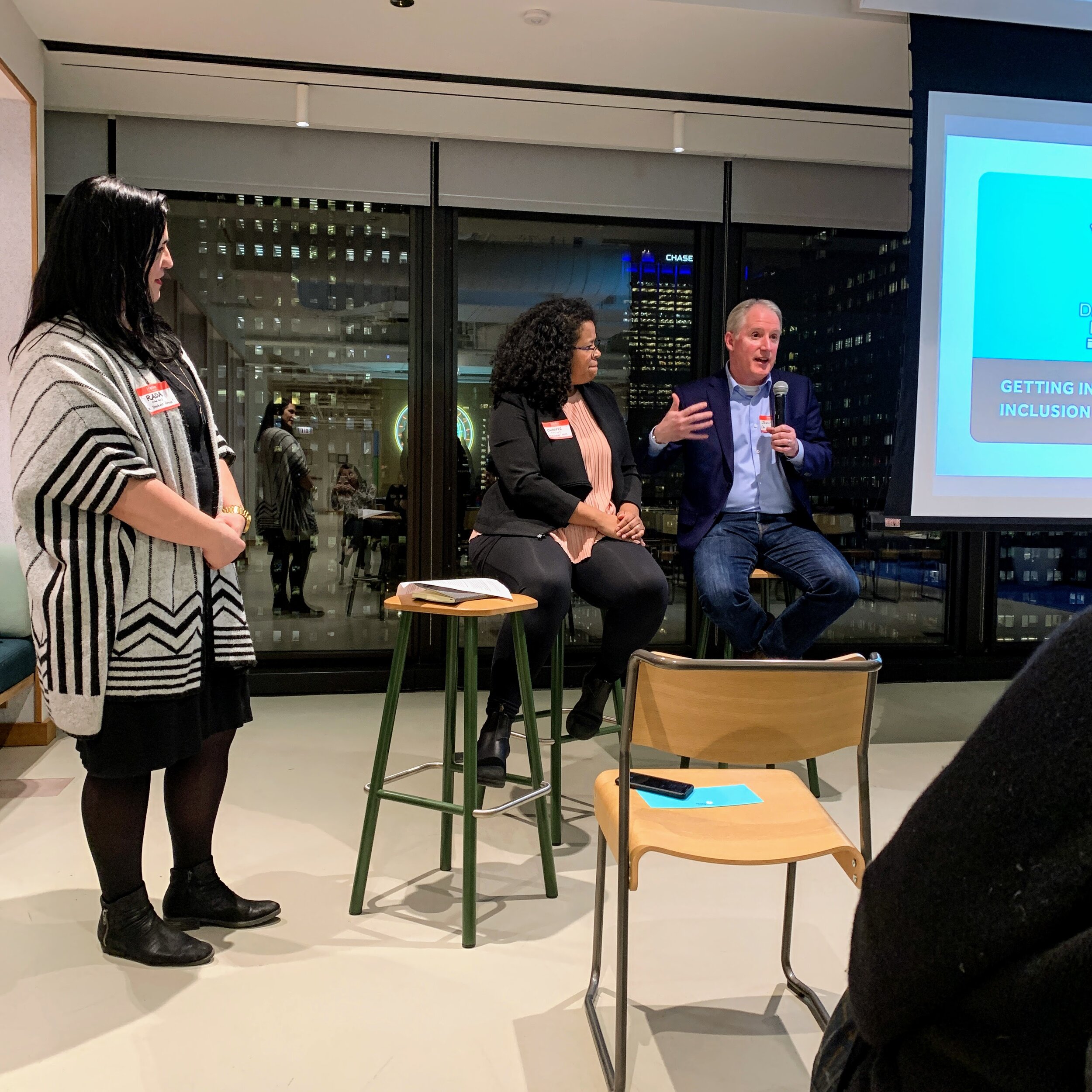As a leader, it’s your job to get results with a team; to get the best from them and to make sure you have the best people from the start. To do that well, you have to think about inclusion, equity, accessibility, diversity, and the role they play in your team or organization. If you’re not, then you’re not doing your job as a leader.
In partnership with consultancy firm The Darkest Horse, we wanted to bring our understanding of DEIA, leadership, and the integration of them in the work we’re doing with our clients every day.
To help get you into the headspace of radical inclusion in leadership, here are some of the things we discussed at our event last week:
How do you identify?
The more we can feel comfortable identifying ourselves in professional spaces both in our lives and in relation to our company and culture, the more we create a space for others to be themselves too.
As a follow-up, think about how the way you show up personally changes the way you can begin to affect your own organizational culture.
How can leaders take on the unconscious bias on teams? And maybe more importantly, how do you look at your own bias?
First, we just have to admit we all have biases. We are socially conditioned to look at the world through unconscious bias and we don’t need to hold shame or blame around it. Naming the elephant means that we can start to deal with it.
Diversify your world! The teams you work on, your relationships, the spaces you go to, the media you consume; small changes in the way we listen and learn make a big difference.
Check-in with those around you. Share your perspective and make time to check in with team members to see if they are seeing this situation in the same way you are. Understanding their approach and seeing how or if it’s different from yours is a great way to identify and combat bias. To do this, you have to have trust on your team.
How can you make change in a non-inclusive culture?
There is strength in numbers. Build a team, find allies (and accomplices) and get external help from objective experts! And if you still feel significant resistance to your efforts, it might be time to look for a culture that is a better fit with your values.
Some of the other topics we addressed were around what leadership looks like when it is inclusive, that diversity should be the lagging indicator of the right inclusion, equity, and accessibility practices. We also discuss what different roles look like in championing diversity within organizations whether you are the top boss, or you have to work more subtly and politically to affect change in the absence of traditional org-chart power.
What are you interested in learning about in regards to leadership, diversity, equity, inclusion, and accessibility? Do you feel like your organization is doing enough?
Thanks to our event partners, The Darkest Horse. Support their work and listen to their podcast here.







